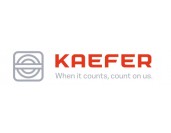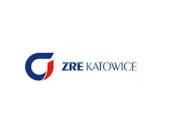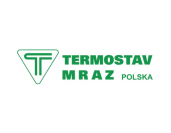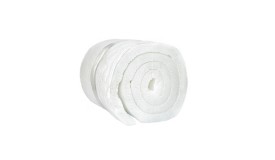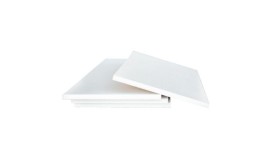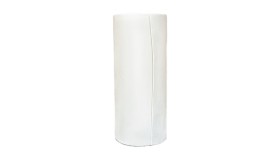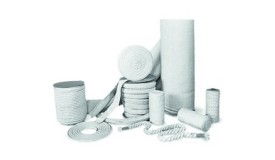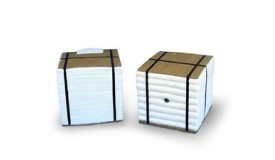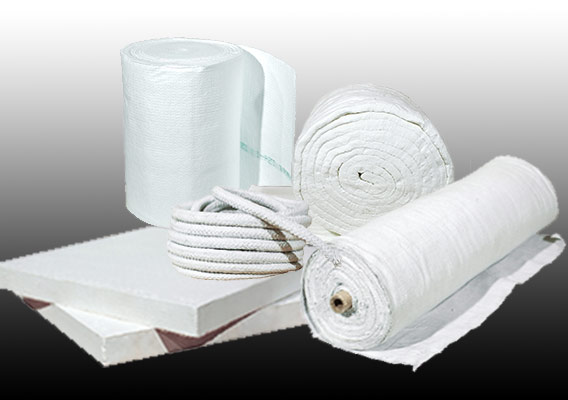
High-temperature materials based on ceramic fibers have been used for decades and are constantly being improved. The basis for the manufacture of ceramic fiber is aluminum silicate. It is obtained by melting and mixing quartz and aluminum oxide, after that the molten composition is sprayed into a gas stream. Depending on the production process, fibers with a temperature resistance of up to 1100 C or polycrystalline fibers are formed and used at 1400-1700 C. However, ceramic fibers can contain spherical formations that reduce their mechanical and thermal insulation resistance. Organic or inorganic binders are also added during production. This is necessary to obtain fibers of the required shape and with certain properties.
The raw materials produced in this way are used for the production of:
- ceramic fiber blankets;
- ceramic fiber boards;
- blocks (modules) made of ceramic fiber;
- ceramic fiber paper;
- ceramic fiber textiles: fabrics, cords, ribbons, etc.
The main advantage of ceramic fiber materials is their low density, which allows to significantly reduce the weight of the insulating layer, reduce waste during installation and, most importantly, significantly reduce heat loss. This makes the production process more energy efficient. The use of such materials is environmentally friendly, since it is based on natural raw materials, and their effectiveness reduces the amount of emissions into the atmosphere.
Advantages
- high thermal stability, including thermal shock;
- low thermal conductivity;
- chemical resistance;
- elasticity and tight fit to insulated surfaces, including curved ones (blankets, textiles);
- resistance to vibration and deformation;
- sound absorption;
- durability and reusability after dismantling;
- simplicity of mechanical treatment.
Products made of ceramic fibers are used primarily as a lightweight thermal insulation material for high-temperature insulation.
What are ceramic fiber materials used for:
- thermal insulation of heating equipment;
- lining and insulation of various types of furnaces;
- thermal insulation of boilers;
- thermal insulation of inspection ports, dampers;
- insulating layers of air heaters, gas ducts, pipelines and steam lines;
- transport shields and covers ;
- insulation of various industrial equipment, including thermal boxes of all types;
- thermal compensation of heavy refractories;
- high-temperature gaskets.
In which areas are high-temperature ceramic fiber materials used:
- ferrous and non-ferrous metallurgy;
- energy industry;
- chemical and petrochemical industry;
- production of ceramics, glass and building materials;
- mechanical engineering, metalworking and pipe-rolling production;
- food industry.

OF SERVICES

AND MATERIALS

AND PERMITS


